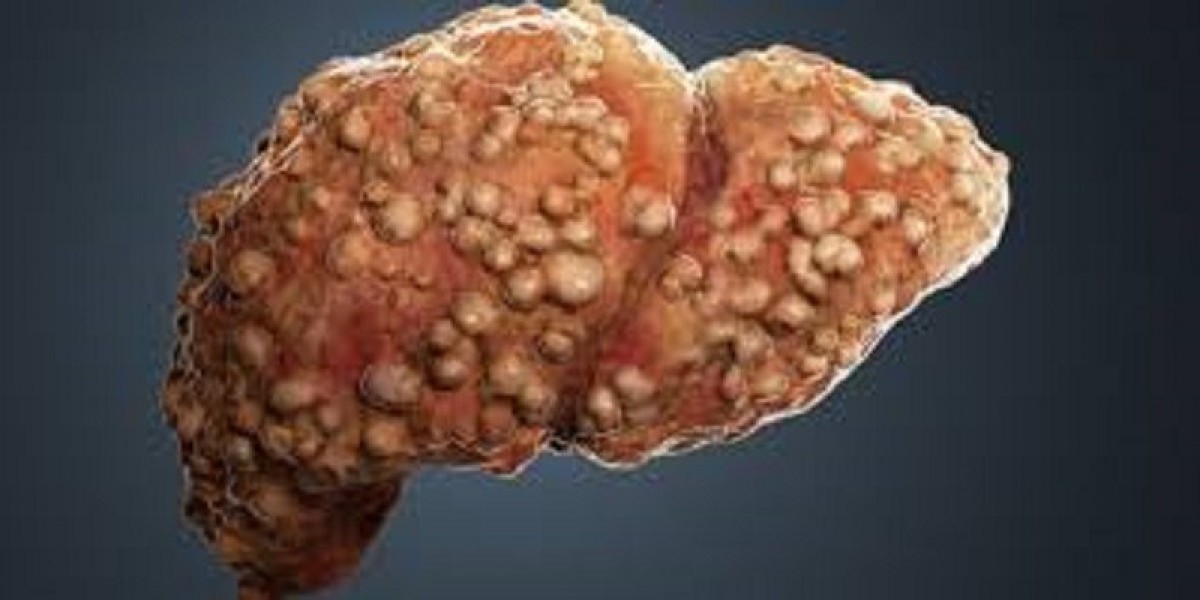Understanding Occupational Therapy
Occupational therapy is a client-centered practice that promotes health and well-being through engagement in occupations. These occupations can range from daily living activities, such as dressing and cooking, to more complex tasks requiring fine motor skills, particularly involving the hands. Occupational therapists assess individual needs and develop personalized interventions to help clients regain independence and improve their overall functioning.
The Role of Hand Therapy in Occupational Therapy
Hand therapy is a subset of occupational therapy that specifically targets the rehabilitation of the hand and upper extremities. It involves the evaluation and treatment of conditions affecting the hand, wrist, and forearm, aiming to restore function, reduce pain, and prevent further injury. Common conditions treated in hand therapy include:
- Tendon injuries: Often resulting from cuts, fractures, or sports injuries, tendon injuries can significantly impair hand function.
- Carpal tunnel syndrome: A condition caused by compression of the median nerve at the wrist, leading to pain, numbness, and weakness in the hand.
- Arthritis: A degenerative condition that affects joint function, often leading to pain and decreased mobility in the hands.
- Fractures: Broken bones in the hand or wrist can hinder movement and function, requiring specialized rehabilitation.
The therapeutic techniques employed in hand therapy can include therapeutic exercises, splinting, pain management strategies, and education on proper body mechanics.
The Primitive OT: Bridging Nature and Therapy
The Primitive OT is a platform that embraces a holistic approach to occupational therapy, emphasizing the importance of natural movements and the body’s innate healing capabilities. The philosophy behind The Primitive OT is rooted in the belief that the body is designed to function optimally when aligned with natural patterns and rhythms. This approach can significantly enhance the efficacy of hand therapy practices.
The Connection Between Primitive Movement and Hand Therapy
One of the core principles of The Primitive OT is the integration of primitive movements—fundamental motions that humans have used for centuries into therapy. By utilizing these movements, occupational therapists can create a more functional and engaging rehabilitation experience. This is particularly beneficial in hand therapy, where movement patterns and functional tasks are essential for recovery.
Benefits of Incorporating Primitive Movement in Hand Therapy
- Enhanced Range of Motion: Primitive movements promote flexibility and range of motion in the hands and upper extremities, crucial for individuals recovering from injuries or surgeries.
- Improved Strength and Stability: Engaging in natural, compound movements helps build strength and stability in the hands and wrists, facilitating better overall hand function.
- Functional Relevance: By focusing on movements that mimic daily activities, therapists can ensure that the exercises are relevant and beneficial for the client’s specific needs.
- Reduced Pain and Discomfort: Natural movements can alleviate pain by promoting better alignment and reducing strain on the hands and wrists.
- Mind-Body Connection: The Primitive OT emphasizes mindfulness and body awareness, which can enhance the therapeutic experience by fostering a deeper connection between the client and their body.
Techniques and Practices in Hand Therapy
Incorporating the principles of The Primitive OT into hand therapy involves various techniques designed to improve hand function. Here are some commonly used practices:
1. Therapeutic Exercises
Therapeutic exercises are fundamental in hand therapy, focusing on strengthening, stretching, and improving coordination. These exercises can range from simple finger flexion and extension to more complex tasks involving grip strength and fine motor skills.
- Finger Exercises: Simple exercises like squeezing a soft ball or using therapy putty can enhance strength and dexterity.
- Wrist Mobilizations: Gentle movements to improve wrist flexibility can be incorporated to ensure the entire upper extremity works cohesively.
2. Splinting
Splinting is a crucial aspect of OT hand therapy that provides support and immobilization to injured areas while allowing for healing. Custom splints can be designed to accommodate specific injuries, ensuring the hand remains in a position conducive to recovery.
3. Pain Management Strategies
Pain management techniques can include modalities like heat, cold therapy, and electrical stimulation. These methods help reduce inflammation and pain, facilitating more effective participation in therapy.
4. Functional Activities
Incorporating functional activities into therapy sessions ensures that clients can practice tasks relevant to their daily lives. This may involve cooking, using tools, or engaging in hobbies that require fine motor skills.
The Importance of Education and Self-Care
A significant component of successful OT hand therapy is education. Occupational therapists must equip clients with knowledge about their conditions, the importance of adherence to treatment plans, and self-care strategies to promote ongoing recovery. This education can include:
- Home Exercise Programs: Providing clients with tailored exercises to perform at home ensures continued progress between therapy sessions.
- Activity Modification: Teaching clients how to modify tasks to reduce strain on their hands can promote long-term well-being.
- Ergonomics: Educating clients on proper ergonomics during daily activities can help prevent future injuries.
Collaborating with Other Health Professionals
Successful hand therapy often requires collaboration with other healthcare professionals. This multidisciplinary approach ensures comprehensive care for clients. Occupational therapists may work alongside physical therapists, physicians, and other specialists to create a cohesive treatment plan that addresses all aspects of the client’s recovery.
Conclusion
The field of hand therapy within occupational therapy is essential for individuals recovering from hand and upper extremity injuries. The Primitive OT offers a unique perspective by integrating holistic principles and natural movement patterns into therapeutic practices. By focusing on the body’s innate ability to heal and function, The Primitive OT enhances the effectiveness of hand therapy, promoting improved outcomes for clients.
In summary, as we embrace the philosophy of The Primitive OT, we can develop a deeper understanding of the vital role of hand therapy in occupational therapy. This comprehensive approach not only facilitates healing but also empowers clients to reclaim their independence and engage fully in their lives. Through education, collaboration, and innovative techniques, we can create a brighter future for those navigating the challenges of hand injuries and conditions, fostering resilience and strength through every stage of recovery.



